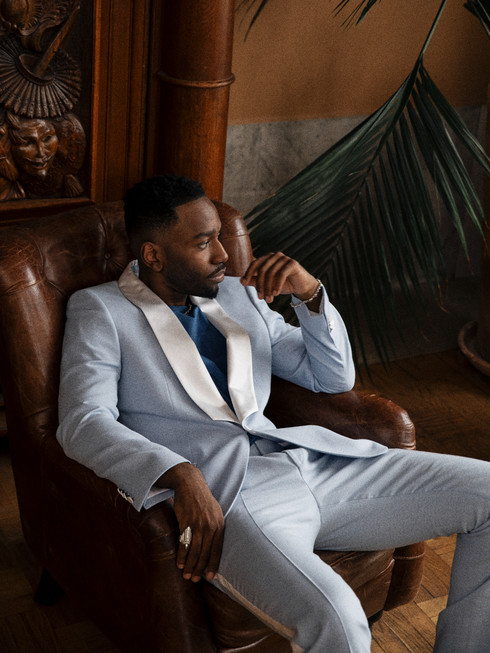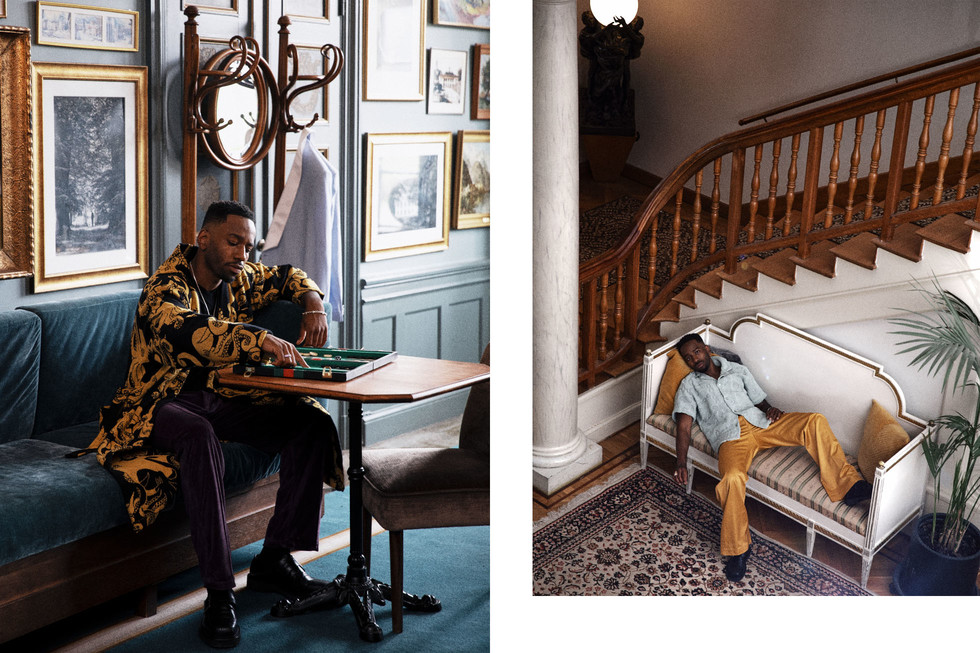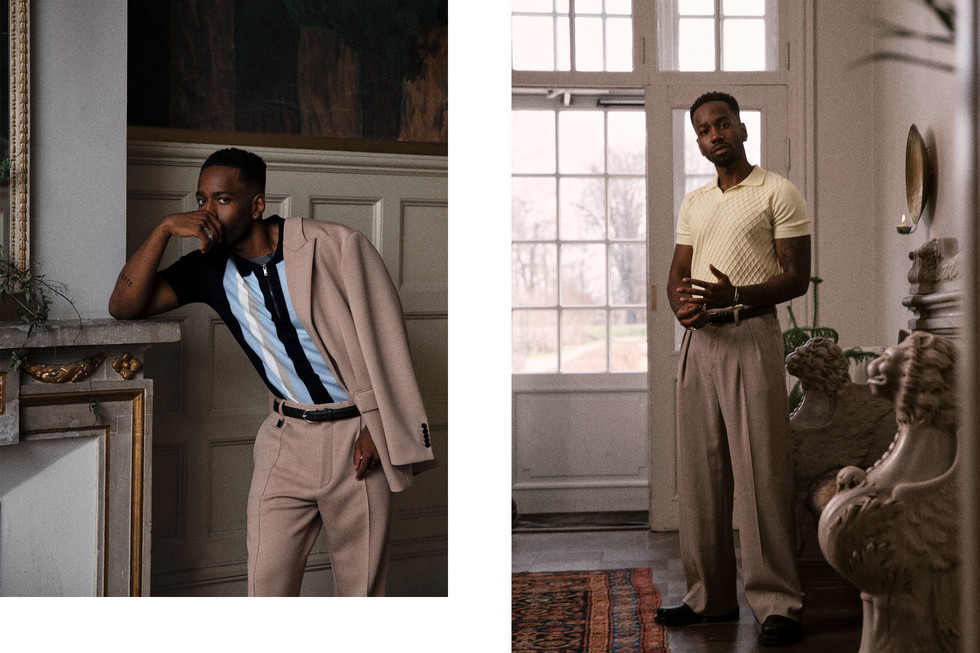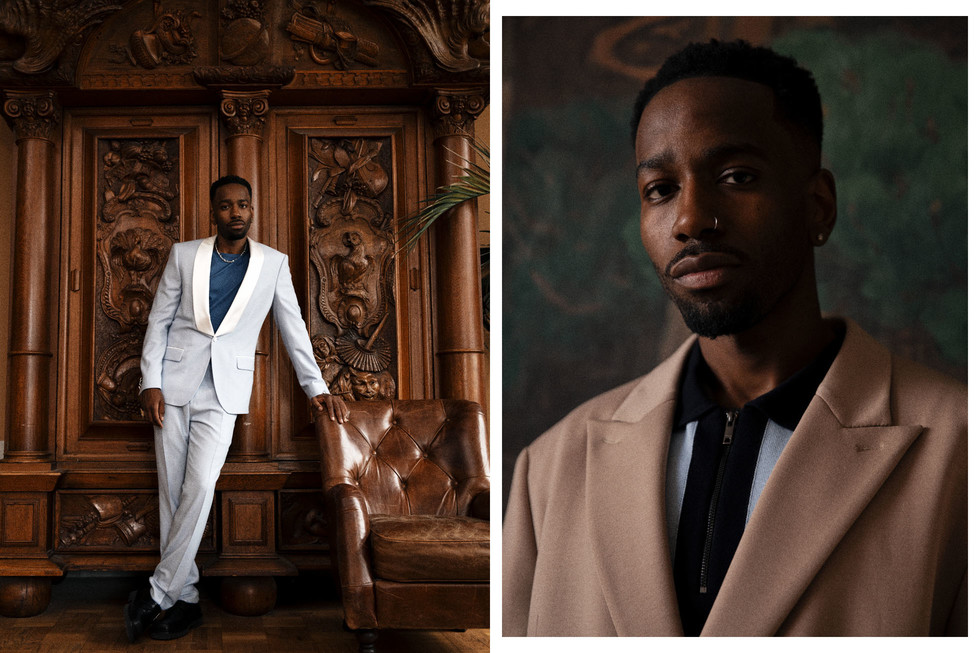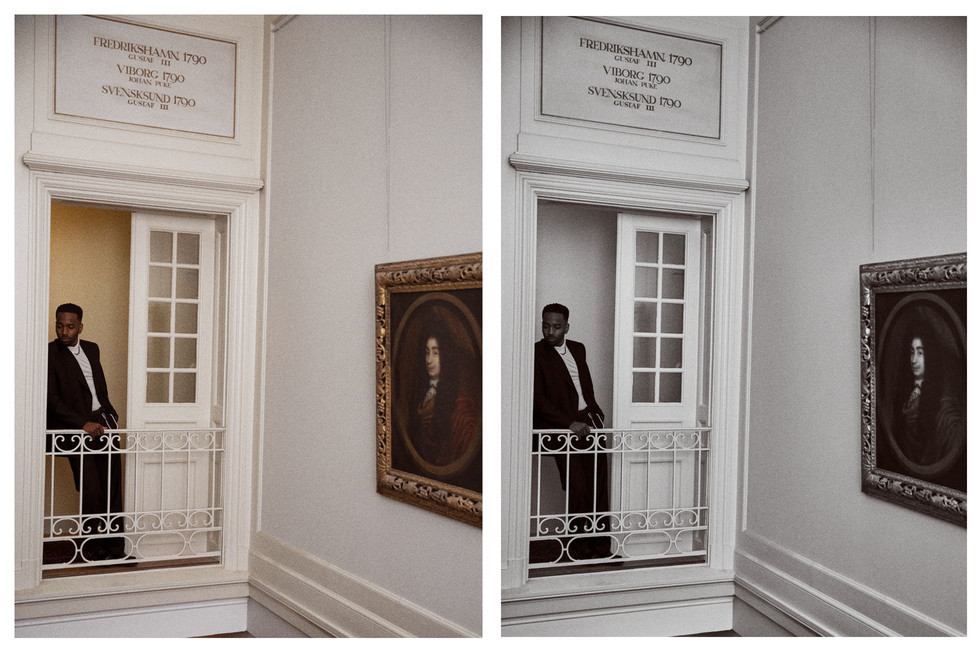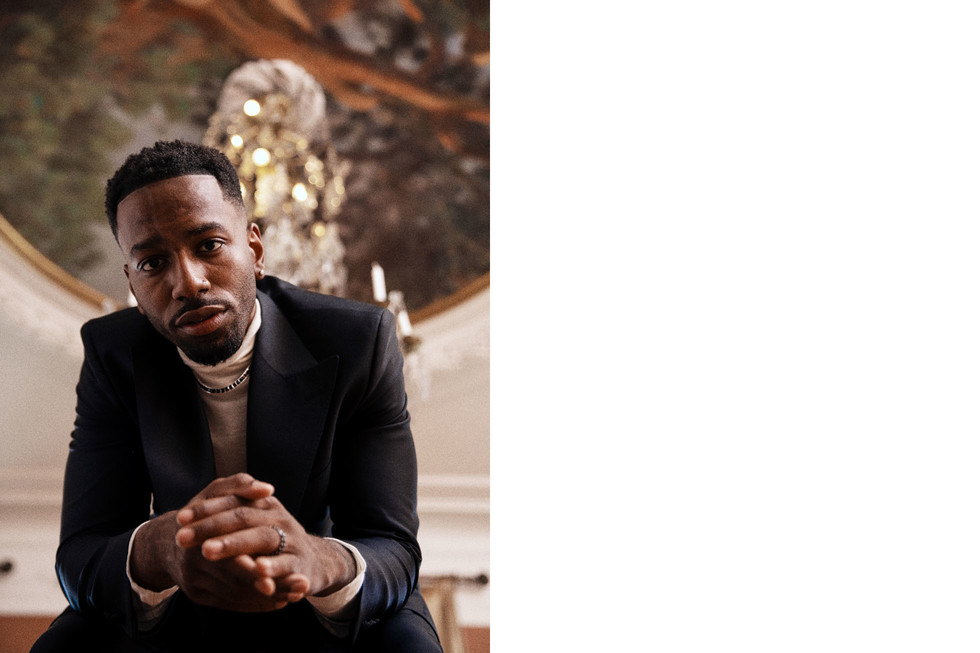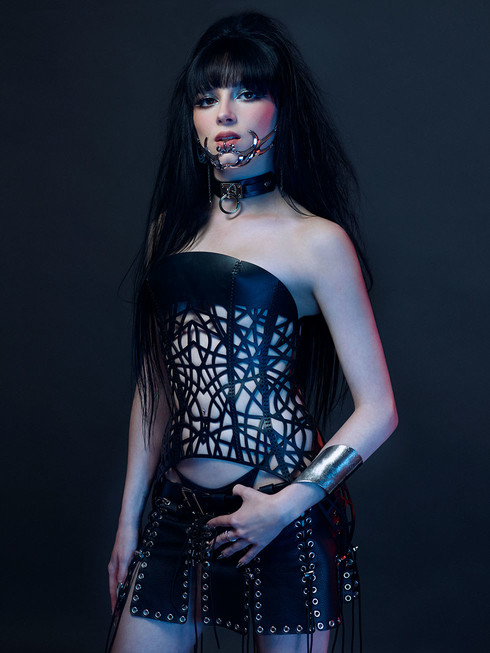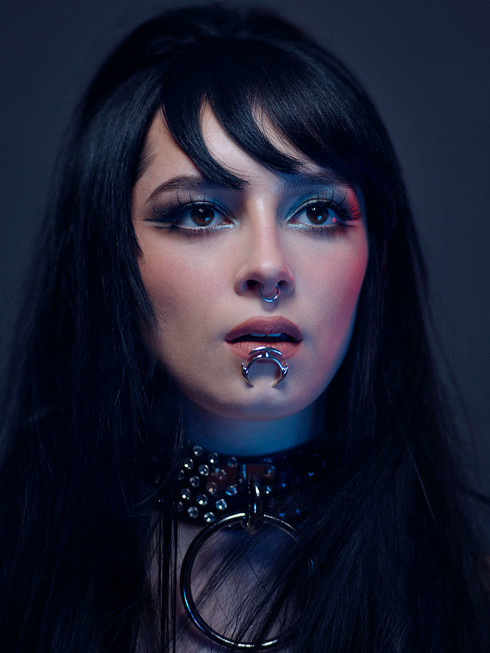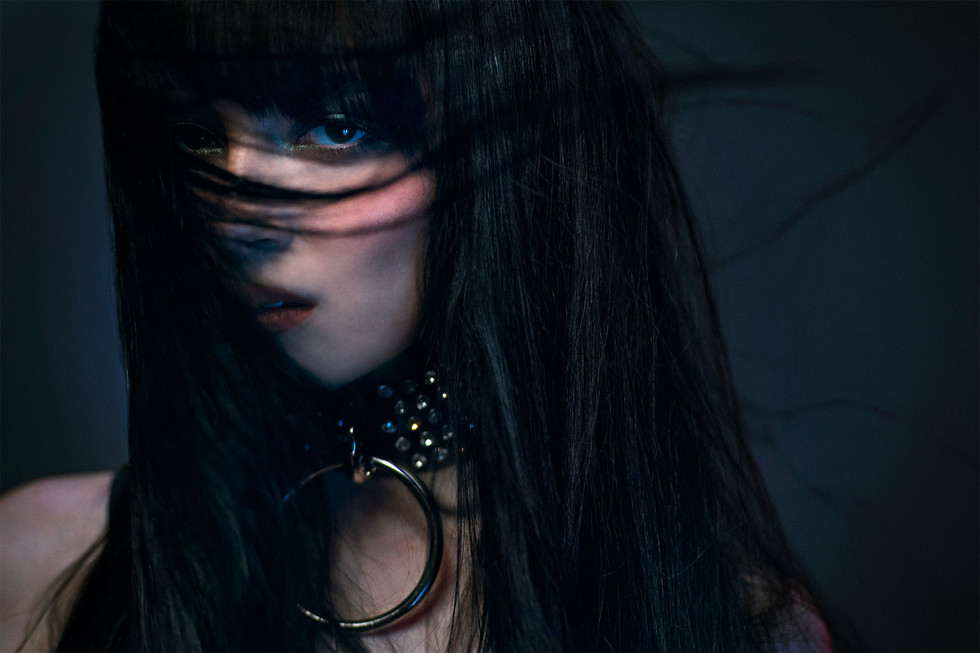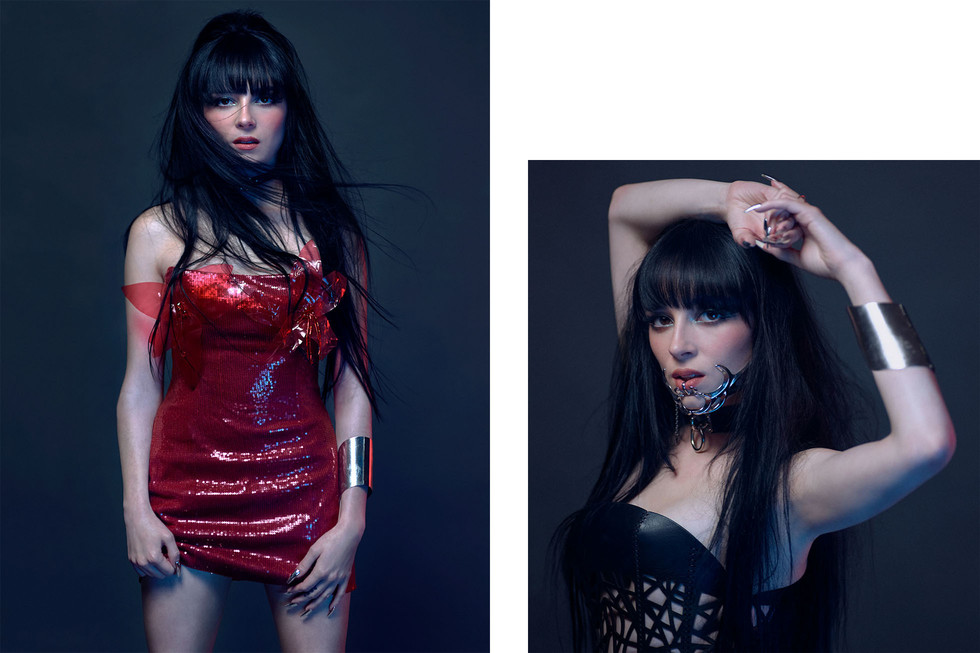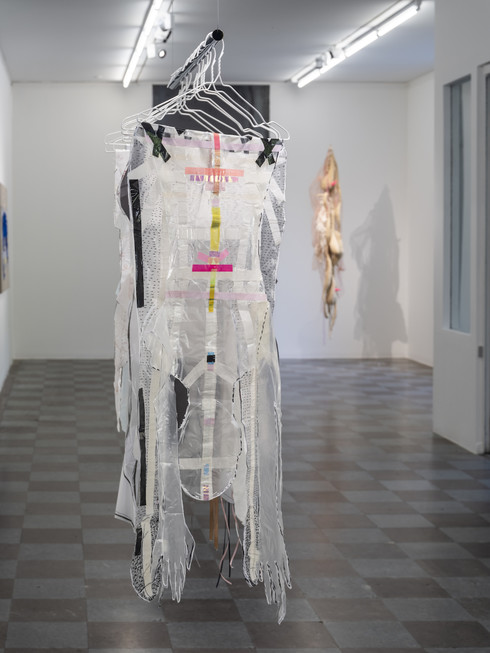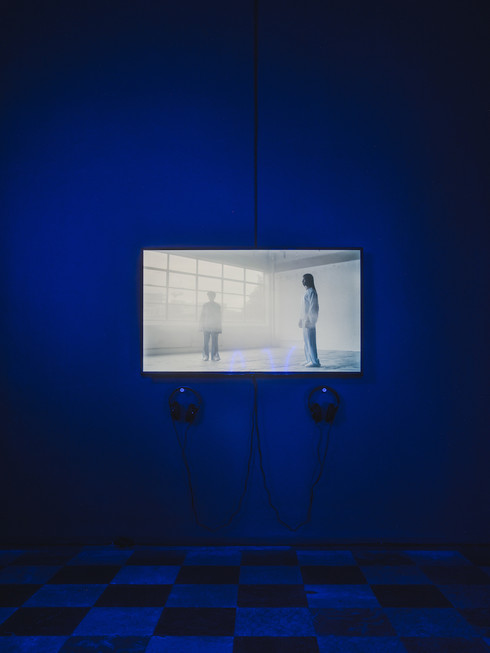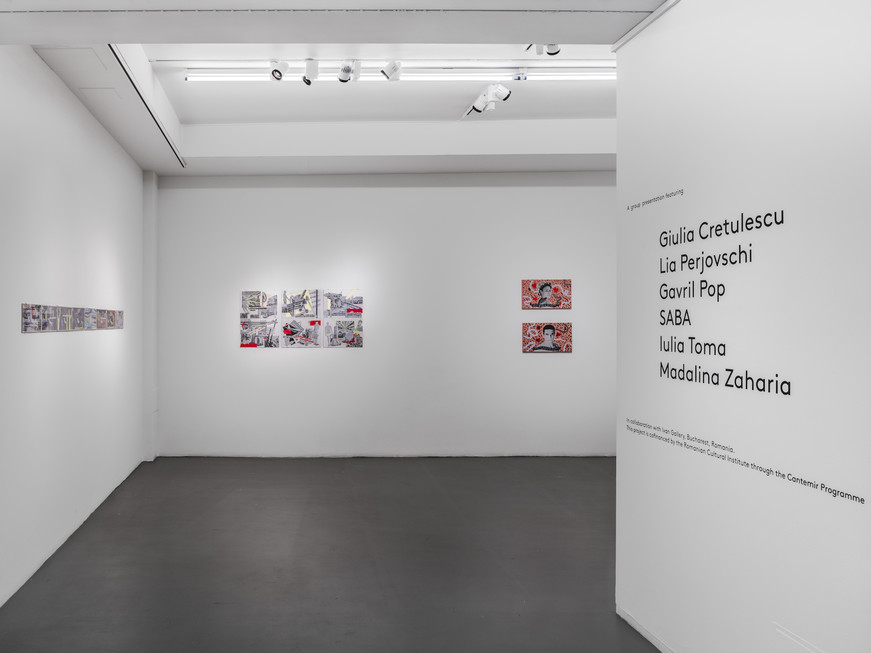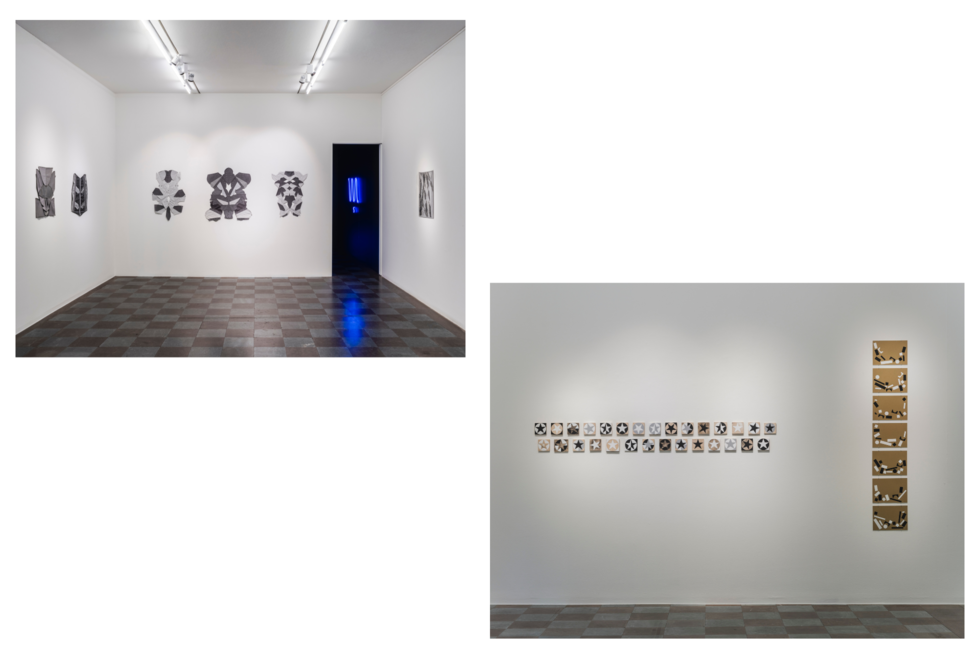The New Era Interview with Jireel
Written by Yasmine MubarakThe Swedish artist Jireel is back. He is one of Sweden's biggest in his game of feel-good tracks and ready to take on 2024. Odalisque meet up with Jireel for an editorial photoshoot embracing the new era of his artistic side. Talking about everything from his devoted fans, how to take care of his mind, and of course the new album and tour annoncement.
From ''Snap'' to ''Cataleya'' in 2017, how do you feel you have evolved throughout the years?
I definitely feel like I've evolved a lot. Coming into the industry, I wanted to work with as many different artists and producers as possible. In the end, you learn something from every person you work with. It goes a lot faster for me now to create music, and everything is just super natural. Experience is the key.
How would you describe your musical style today?
I honestly feel like my style is my style. My sound has been shaping into this fusion of all the genres I've been touching lately. When you listen to my music today, I think you will find flavors from hip-hop and RNB, to afro beats, kizomba, and pop in my latest album, and it's that fusion that makes my sound unique to me.
Tell us about your new album. How was it writing it, how has it been creating it?
It's been a fun journey. I've been going a little back and forth about the exact tracklist, but I tried to connect as much to personal experiences and feelings as possible in this album. To do that I had to feel a lot myself, and I also had to touch my roots to get out the sound I wanted for the album.
.
What emotions do you want listeners to have when they listen to your music and new album?
I want my listeners to relate, and be able to feel what they need to feel for the songs. The album is designed for you to just feel. There are some songs on the album I think you can relate very differently to, some songs will make some people dance and smile, while the same song can on the other side make people miss somebody, or relate directly to a prior situation in their lives. I want to touch both the heart and the mind with this album.
What inspires you to write and create music?
Everything around me. Personal stories, stuff that happens around me, and certain feelings and experiences.
Tell us three things about you that are important or funny?
1. Don't mess with my sleep. 2. Avoid me when I'm hungry 3. I just dropped an album and you are really missing out if you haven't listened yet.
Do you have any wishes? Advice for others?
I always wish for my family, and the people around me to be good, all of them. My advice for others would be: to avoid negativity. Life's too short and we should all do the best of it, and really try to live our lives to the fullest.
.
You have your very own record label Records by MOTY, how does that feel?
It was a natural step in my career. I'm reaching my 10th year as an artist, and I've learned so much stuff along the way. What I want to do is to help the next generations of artists get into the industry the right way. I want to give artists the right tools to be able to create as good music as possible, and at the same time teach them how the music industry works, and help them avoid mistakes that can be avoided.
What do you enjoy doing when not working?
I really love training, mostly in the gym but I'm down to play almost any sport as well. Other than that I like reading, and just taking time off to relax.
How do you keep yourself sane with all your attention and work?
I think it's important to have a good structure in work, and in life, but also to have a good set of people around you. People who look out for you, people who care about you, and people who keep it real with you.
With all the different projects in your life, how do you gather energy? Has living in another country changed anything?
Routines, I get my energy from staying disciplined with my food, my training, and my mental well-being. Moving to another country gave me so much more time to focus on myself, and my music, and I really found my safe spot in Mallorca.
What are your plans for the summer and fall?
More songs, more music. Being independent really gives me the freedom to release at my own pace. I also got some international collabs thats dropping this summer. This fall, I'll be performing at Annexet in Stockholm on the 23rd of November, as a part of my Scandinavian tour. I'm really looking forward to playing all this new music with a whole new stage design.
Shortly after the release of the spring album 'Luanda', the ever-restless Jireel is now releasing a summer single. 'IBIZA' is a straightforward declaration of love produced by Dylano, who was also involved in the smash hit 'MANO'.
This fall, Jireel will embark on his first Scandinavian tour.
Listen to 'IBIZA' (Release: 6/28)#”

